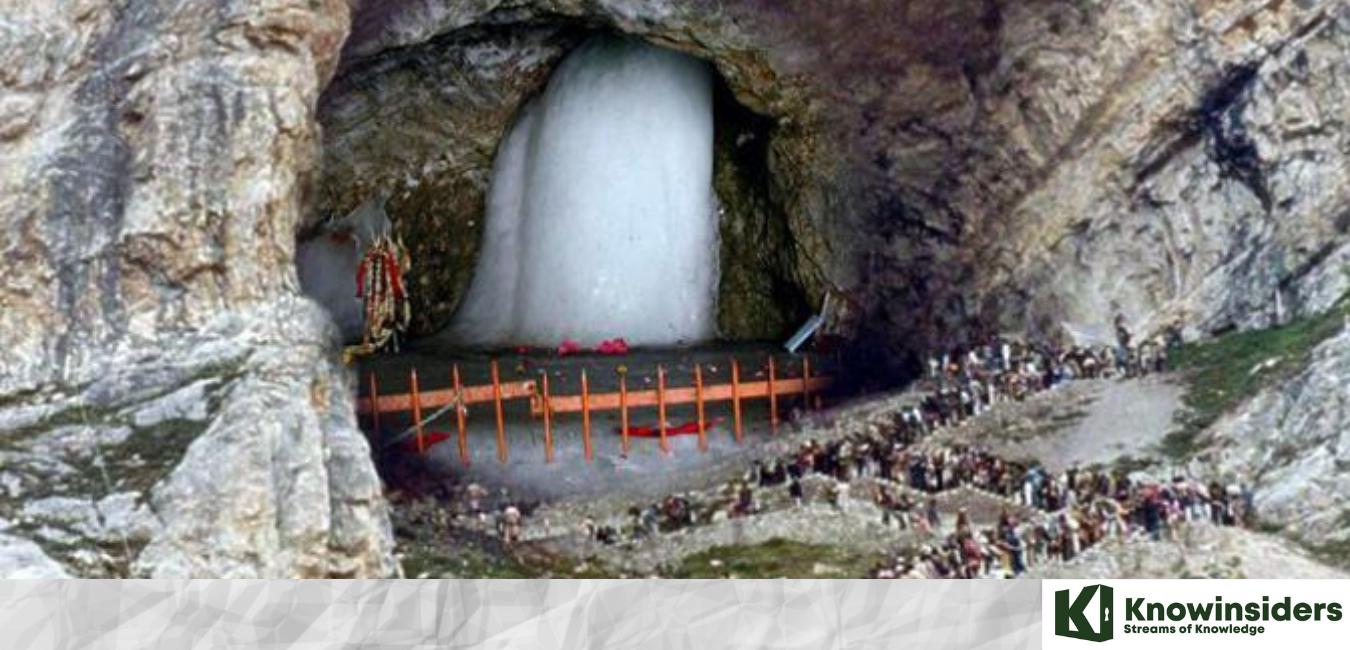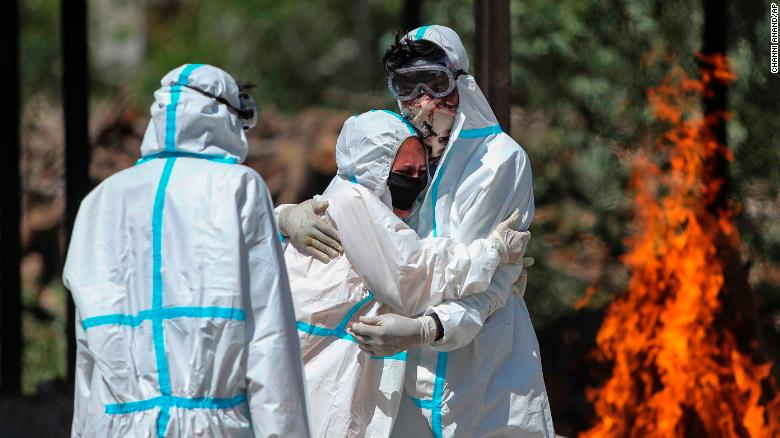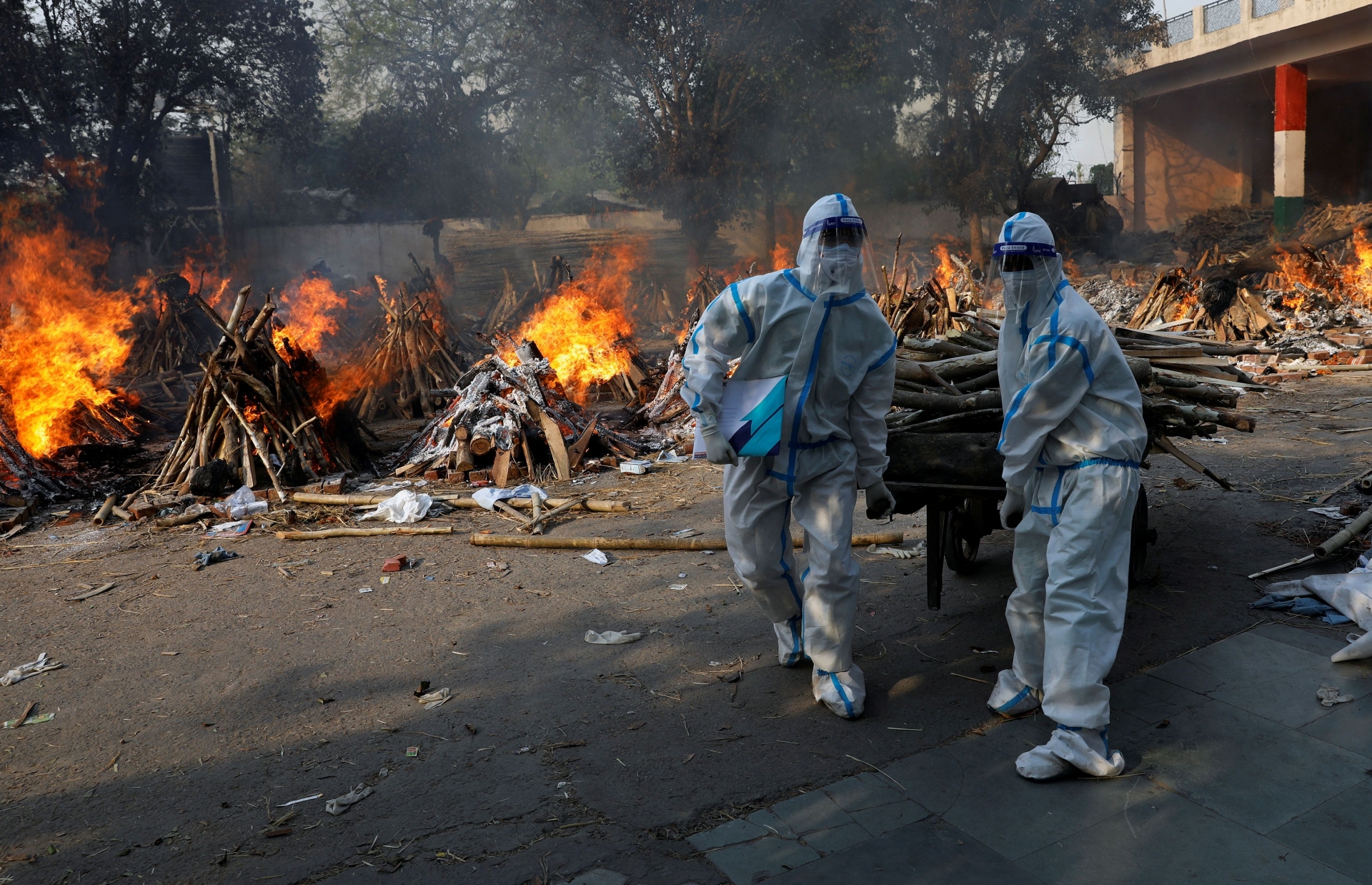Amarnath Yatra: History of The Holy Cave, Information About Pilgrimage This Year
 |
| Knowinsiders |
What do we know about the Amarnath Yatra?
Amarnath Cave Temple is a Hindu shrine located in Jammu and Kashmir, India. The cave is situated at an altitude of 3,888 m (12,756 ft), about 141 km (88 mi) from Srinagar, the summer capital of Jammu and Kashmir, reached through Pahalgam town. The shrine represents an important part of Hinduism and is considered to be one of the holiest shrines in Hinduism. The cave is surrounded by snowy mountains. The cave itself is covered with snow most of the year, except for a short period of time in summer when it is open to pilgrims. Hundreds of thousands of Hindus and other devotees make an annual pilgrimage to the Amarnath cave across challenging mountainous terrain.
The Amarnath Cave Temple is one of the 51 Shakti Peethas, temples throughout South Asia that commemorate the location of fallen body parts of the Hindu deity Sati.
According to folklore, the cave was discovered by a shepherd named Buta Malik, who was a Muslim, in 1850. He had been grazing his cattle in the mountain when a Sufi saint gave him a bag of coal, which turned out to be gold later. He went back to thank the saint but found the cave and the Shiva Linga. According to Indian Express, the descendants of Malik had been the custodian of the shrine. Priests from Dashnami Akhada and Purohit Sabha Mattan had been taken care of the holy site. In 2,000, the Malik family and other organizations were evicted and the Amarnath Shrine Board was formed to look after the affairs of the shrine. It is headed by the governor of the state
Read more: Covid-19 Vaccine Card: How much on Black Market and How easy to Fake
 |
| BBC |
Legend of Amarnath
The legend says that Lord Shiva had to give in to Goddess Parvati's demands of knowing the secrets of life and death but he couldn't risk anyone eavesdropping. So, they set on their way to a cave in the mountains - too difficult to be reached by any lesser person than the gods themselves. The secret was so sacred that all the companions also had to be left behind. So his ride - Nandi, the bull - was left at Pahalgam, the moon atop his head at Chandanwari, the snake around his neck at Lake Sheshnag, the 5 basic elements of life that he carried at Panchtarini and even his son - Lord Ganesha himself - at Mahaguna top. And, now Hindu devotees find themselves en route this perilous mountainous trek every year.
| What You Should Know The Amarnath Yatra is organized every year by the Jammu & Kashmir government between the months of July and August, depending on the weather conditions. Since travellers must brave altitudes of nearly 3,900 metres above sea level, weather plays a crucial part, especially since the famous caves are covered in snow almost the entire year. Undertaking the yatra is no mean feat, although the government tries its best to makes things comfortable for the pilgrims. The first step is to register with the government, for which travellers have to fill in a form declaring their age and fitness. These forms are available in Jammu and Srinagar as well as J&K tourist offices in most major cities – New Delhi, Kolkata, Hyderabad, Chennai, Mumbai and Ahmedabad. Travellers also need to be insured, taking into account the very dangerous nature of the journey. |
Traveling to Amarnath: How To Reach Amarnath Yatra Base
The State Transport and the private operators provide bus services from Jammu to Pahalgam and Baltlal. These are the two places from where you start the Amarnath Yatra.
Two Routes to Amarnath
The Northern route is 14 km long and is shorter. It is steep, hence difficult to climb. It starts at Baltal. The longer, easier and more traditional one passes through Srinagar.
The devotees start the Amarnath Yatra from Srinagar or Pahalgam on foot and take one of the two possible routes. The shorter but steeper trek via Baltal, Domial, Barari and Sangam is 14 km long and allows people to take a round trip in 1-2 days. However, ponies are not allowed on this route due to safety reasons. One has to either walk or be carried on 'Dandies' (carried on a seat atop shoulders of other people). This Amarnath Yatra route is considered more favourable for returning back from the shrine than on the way up as steep slope is said to cause serious health problems among un-acclimatised visitors. Young, healthy and people looking for adventure amidst the religious trip happen to take this trek.
The longer Amarnath Yatra route via Pahalgam is generally preferred by most of the devotees. The length of the trek varies from 36 to 48 km depending upon the devotion of the pilgrim. The trek usually takes 3-5 days one way. The Amarnath route is much wider than the Baltal trek and slopes gradually. However, one will also find it crowded by ponies for almost the whole of the route. Aged, sick or people with a past history of illnesses are advised to take this yatra route.
India still allow Amarnath pilgrimage despite the surge in cases
The local government in India-administered Kashmir is contemplating setting up makeshift shelters and facilities for 600,000 Hindu pilgrims for the annual Amarnath pilgrimage, which it intends to host this summer despite the ongoing coronavirus pandemic.
The government will set up two base camps — one called Baltal and another called Chandanwari — for the pilgrims, who intend to make the journey on foot. From Baltal, the pilgrims will have to walk a distance of 14 kilometers (9 miles), while those approaching Chandanwari will have to trek 32 kilometers to reach the cave shrine housing the ice stalagmite, referred to by Hindus as the Shiv Lingam (the phallus of Lord Shiva).
Although authorities have temporarily suspended online registration for the pilgrimage in the wake of a spike in daily coronavirus cases, the site still says that the pilgrimage will take place as scheduled from June 28 through August 22.
Recently, hundreds of devotees, including nine top saints, tested positive for COVID-19 in the northern city of Haridwar, where hundreds of thousands of devotees gathered to participate in the Kumbh Mela festival, according to DW.
| Do Remember… The Amarnath Yatra is a difficult journey, despite the facilities and security provided by the J&K government and various non-profitable organizations. Travelers should therefore keep the following things in mind when undertaking the journey: Sickness and death en route to the caves in not unknown and can occur due to various reasons; it is therefore strongly recommended that those undertaking the yatra be insured. The weather is chilly even in the summer months and travelers must be suitably clad in warm clothes, and carry extra woolens. It can rain at any time and carrying a raincoat/mackintosh, and a portable umbrella is recommended. Those who are not very physically fit, prone to asthmatic attacks or other ailments should not undertake the journey on foot. Registering with the government in advance to undertake the yatra is essential. |
 India Covid-19 Latest News: World Respond to 'Distress Call' India Covid-19 Latest News: World Respond to 'Distress Call' As India fights a devastating second wave of Covid-19 that is killing thousands each day, other countries are offering aid and assistance and aid to ... |
 India COVID-19 Latest News: Situation in 'Beyond Heartbreaking' India COVID-19 Latest News: Situation in 'Beyond Heartbreaking' The World Health Organization said the catastrophic coronavirus wave has overwhelmed hospitals in India, with crematoriums working at full capacity. The world’s sixth-largest economy is ... |
 Vaccine Passport: Where it would or wouldn’t be? Vaccine Passport: Where it would or wouldn’t be? The emergence of Vaccine Passport beged a question about "Where it would or wouldn’t be?" Let's find the answer by reading the article given below ... |
 Do's and Don'ts When Getting Your COVID-19 Vaccine Do's and Don'ts When Getting Your COVID-19 Vaccine Preparing for your upcoming COVID-19 vaccination appointment? Read on, as we explain getting Covid-19 vaccine dos and don'ts! |


























